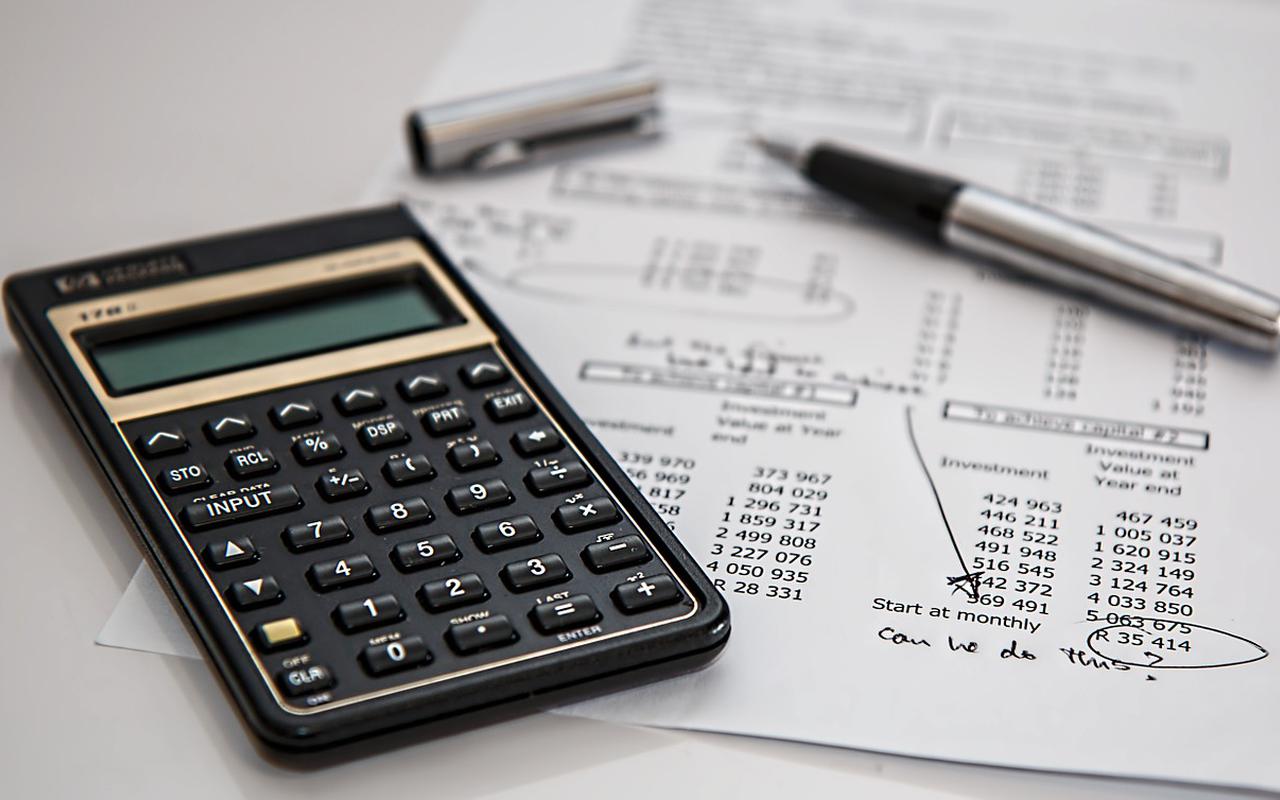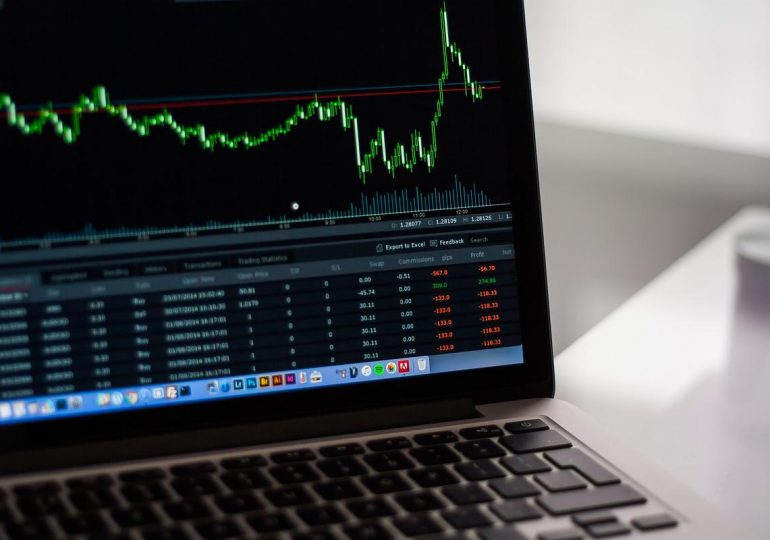Modern trading strategies for scalping
Scalping is a style of trading that specializes in making profits from small price changes, usually after a trade is made and becomes profitable. For this strategy to be successful, it is necessary that the trader has certain requirements such as live streaming, a broker with direct access and the stamina to place a variety of trades.
Scalping is based on the assumption that the majority of shares will complete the first stage of the movement. But from what this idea arose is unknown. After this initial stage, some stocks stop growing and others continue.
A scalper intends to obtain as less as possible small profit, not allowing them to leave. This is the opposite of the traditional “let your profits work” mentality, which tries to optimize positive trading results by increasing the size of winning trades, allowing to lose smaller ones. The scalping method achieves its amazing results by increasing the number of winning trades and sacrificing their size. For a trader with a longer time frame, it is very typical to achieve profitable results, winning only half or even less of their transactions – it’s just that he will have much more winnings than losses.
Types of scalping
A real scalper makes a lot of trades every day – maybe hundreds. Such a trader will mainly use one minute charts since his time frame is small and he needs to see the settings as close as possible to real time. In addition, such trading style requires supporting systems such as direct access quotes (DAT) and level 2 quotes. Also, automatic execution of orders plays an important role for the scalper, that is why it is preferable to choose a broker with direct access.

Traders with longer time frames can use scalping as a supplementary income. The most obvious time to use it is when the market is unstable or in a narrow range. If there are no trends on a longer time interval, moving to a shorter time frame can reveal visible and usable trends that can lead the trader to scalping.
Another way of scalping connection to longer time frames is so-called umbrella concept. This approach allows the trader to improve his value base and maximize profits. Transactions with umbrellas are carried out as follows:
The trader opens a position for trading with a longer time frame. While the main trade is developing, the trader identifies new settings in a shorter time in the direction of the main trade, entering and exiting them on the principles of scalping.
Based on certain settings, any trading system can be used for scalping. In this regard, scalping can be considered as a kind of risk management method. In fact, any transaction can be turned into a scalp, taking profit in the ratio of risk to profit 1: 1. This means that the amount of profit received is equal to the size of the stop dictated by the setting.






